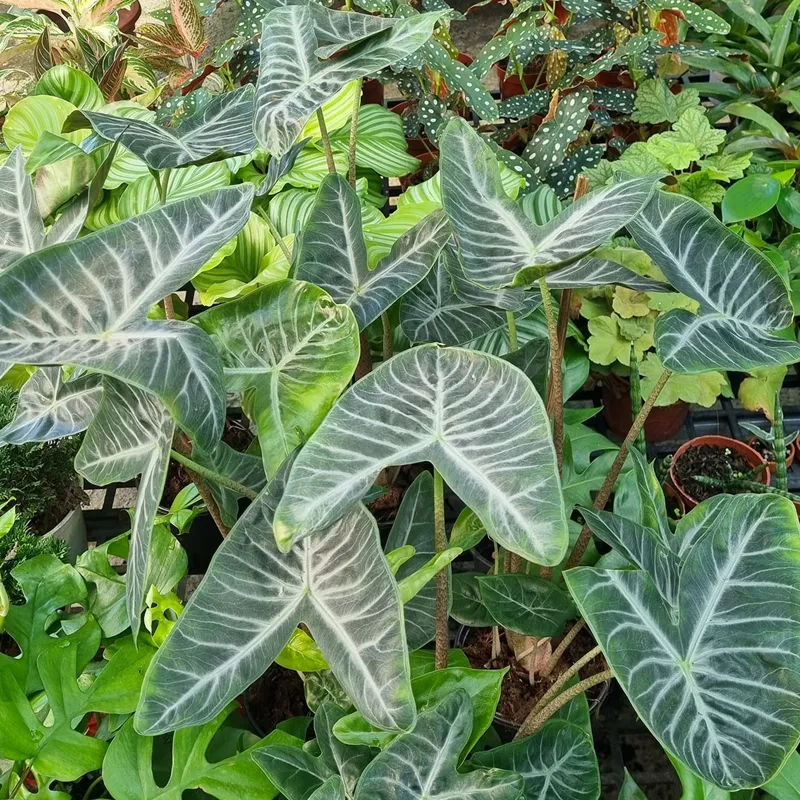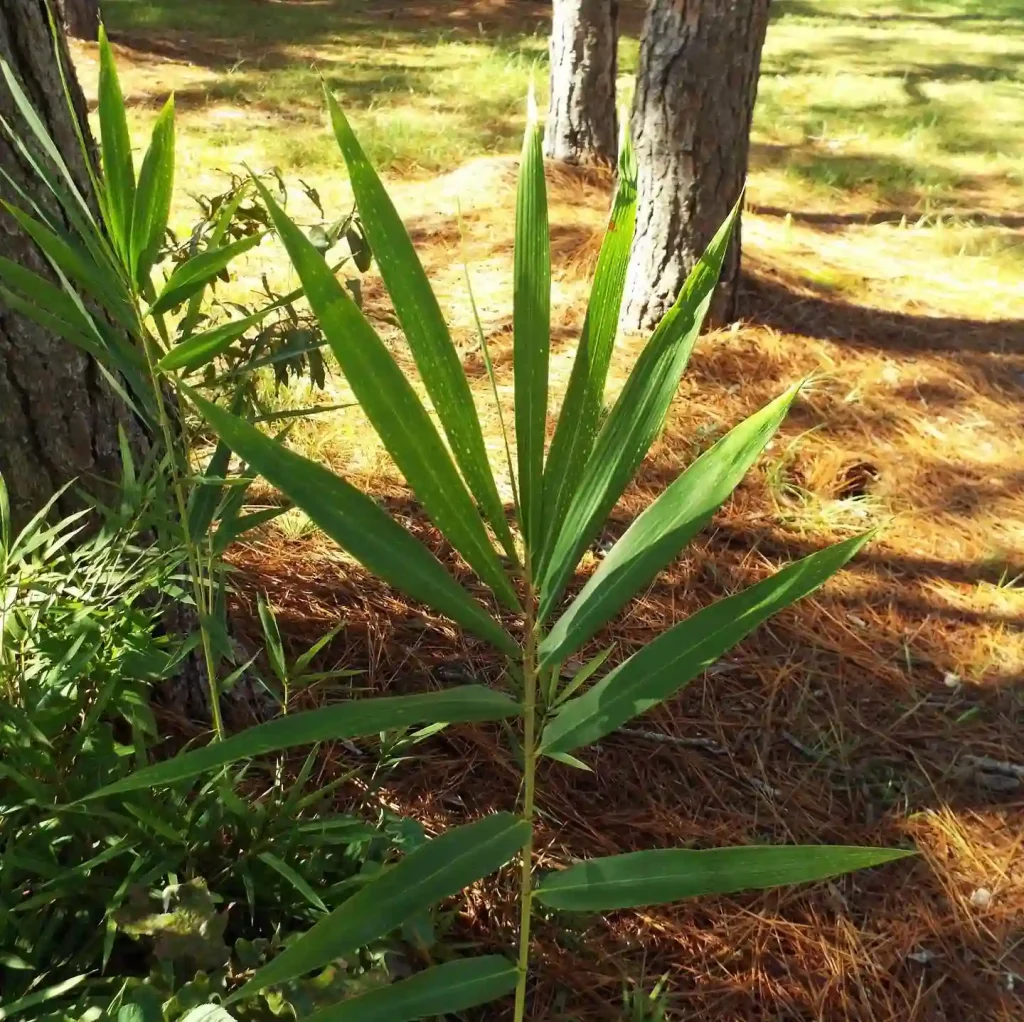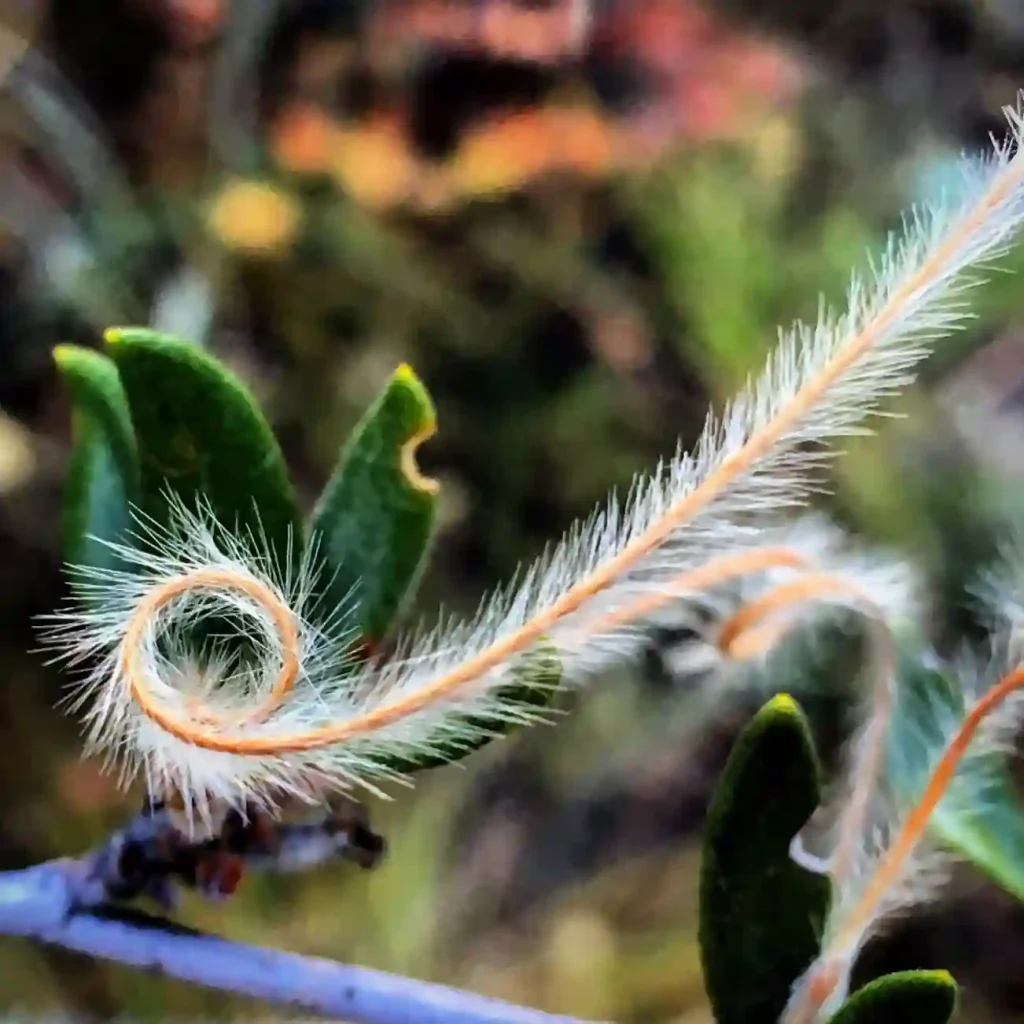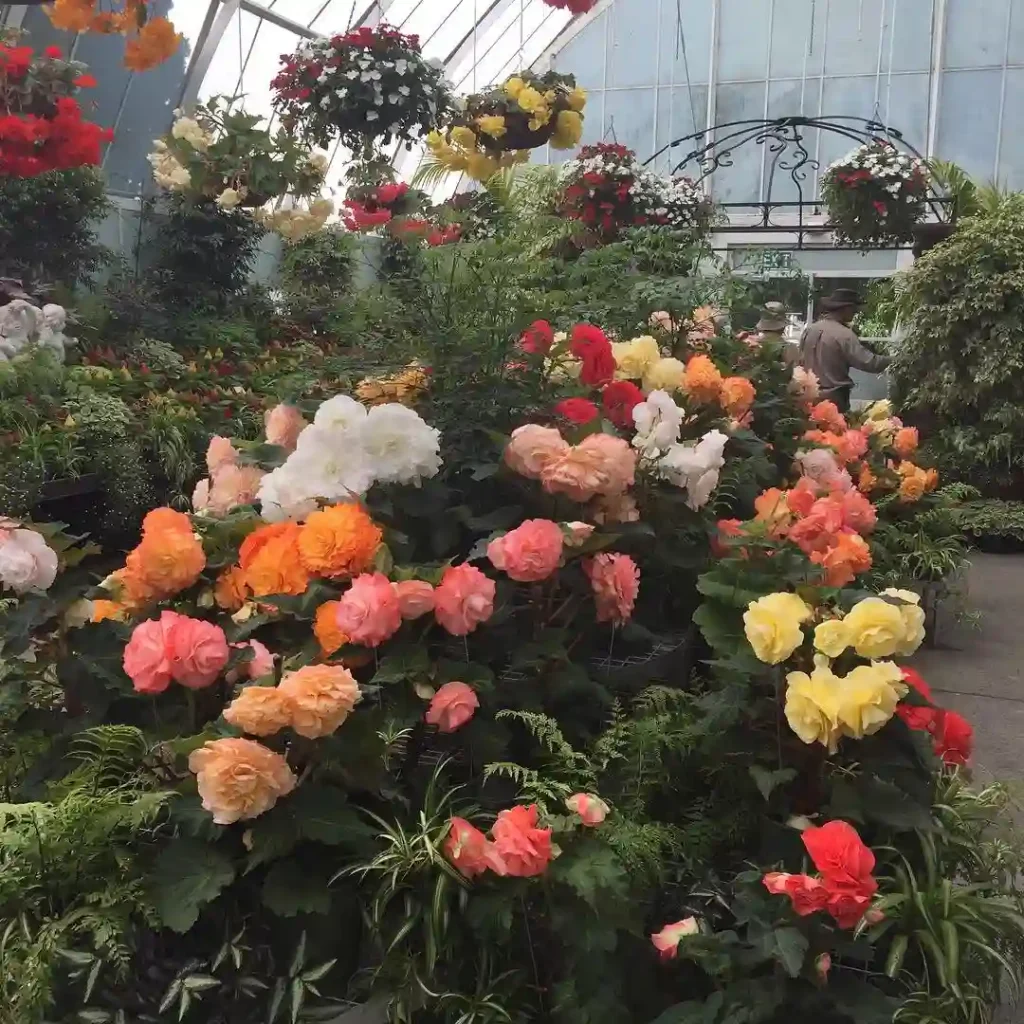Discovering the Loasaceae Plant Family: A Personal Journey
As I delve into the world of plants, I find myself increasingly fascinated by the Loasaceae family. This unique group, often overlooked, boasts a variety of captivating species. With a diverse array of genera, each brings its own charm and intrigue. Today, I want to share my insights and experiences with this remarkable family.
The Essentials of Loasaceae
Loasaceae, commonly known as the loasa family, is a family of flowering plants primarily found in the temperate and tropical regions of South America. One of the most striking features of these plants is their often spiny or hairy textures, which make them stand out in any garden or natural setting. I’ve come across these plants in various landscapes, and their adaptations to different environments always intrigue me.
This family includes several genera, each with its own characteristics:
- Loasa: The most well-known genus, featuring vibrant, often yellow flowers that attract pollinators like bees and butterflies. I’ve had the pleasure of observing these flowers in bloom, and their bright colors never fail to lift my spirits.
- Nasa: This genus offers fascinating flowers that can vary in shape and color. I’ve noted how their unique forms draw attention in gardens, often sparking curiosity among fellow plant enthusiasts. – 99 Species in Genus Nasa
- Aosa Weigend
- Blumenbachia Schrad.
- Caiophora C.Presl
- Cevallia Lag.
- Eucnide Zucc.
- Fuertesia Urb.
- Grausa Weigend & R.H.Acuña
- Gronovia Houst. ex L.
- Huidobria Gay
- Kissenia R.Br. ex Endl.
- Klaprothia Kunth
- Mentzelia Plum. ex L.
- Petalonyx A.Gray
- Pinnasa Weigend & R.H.Acuña
- Plakothira J.Florence
- Presliophytum (Urb. & Gilg) Weigend
- Schismocarpus S.F.Blake
- Scyphanthus D.Don
- Xylopodia Weigend
My Encounters with Loasaceae
My journey with Loasaceae began during a visit to a local botanical garden. I was drawn to a vibrant display of Loasa plants, their bright yellow flowers contrasting beautifully with the greenery surrounding them. I paused to appreciate their intricate details—each petal seemed to tell a story. I soon learned that these plants are often used in traditional medicine, further deepening my interest.
Another memorable experience was while hiking in a mountainous region of South America. I stumbled upon a cluster of Nasa plants nestled among the rocks. Their resilience in such harsh conditions fascinated me. I couldn’t help but marvel at how these plants have adapted to thrive where others might struggle. Observing them in their natural habitat provided me with a newfound appreciation for their tenacity and beauty.
The Importance of Loasaceae
Beyond their aesthetic appeal, Loasaceae plants hold ecological significance. They play crucial roles in their environments, serving as food sources for various insects and contributing to soil health. Their unique adaptations to local conditions demonstrate the intricate relationships between plants and their ecosystems.
In my garden, I’ve begun to incorporate some Loasaceae species. Watching them grow has been rewarding. They attract pollinators, enhancing the biodiversity of my garden. I’ve noticed that the presence of these plants encourages beneficial insects, creating a harmonious environment.
Challenges and Conservation
Despite their beauty and ecological importance, many species within the Loasaceae family face threats. Habitat loss, climate change, and overharvesting pose significant challenges. It’s disheartening to think that some of these incredible plants could vanish. As a passionate plant lover, I feel a responsibility to support conservation efforts. Educating others about the value of these plants is essential.
I’ve participated in local conservation initiatives, advocating for the protection of native flora. Sharing my experiences and knowledge about Loasaceae has inspired others to appreciate and preserve these remarkable plants.
Conclusion
The Loasaceae plant family has opened my eyes to the beauty and complexity of nature. Each encounter has deepened my appreciation for these resilient plants. As I continue my journey, I encourage others to explore the wonders of the natural world. Discovering the diverse genera within the Loasaceae family is not just about admiration; it’s about fostering a connection with nature and understanding our role in its preservation.
In sharing my experiences, I hope to inspire fellow enthusiasts to embrace the beauty of the Loasaceae family and contribute to its conservation. After all, the more we learn about these extraordinary plants, the more we can do to protect them for future generations.
If i die, water my plants!



